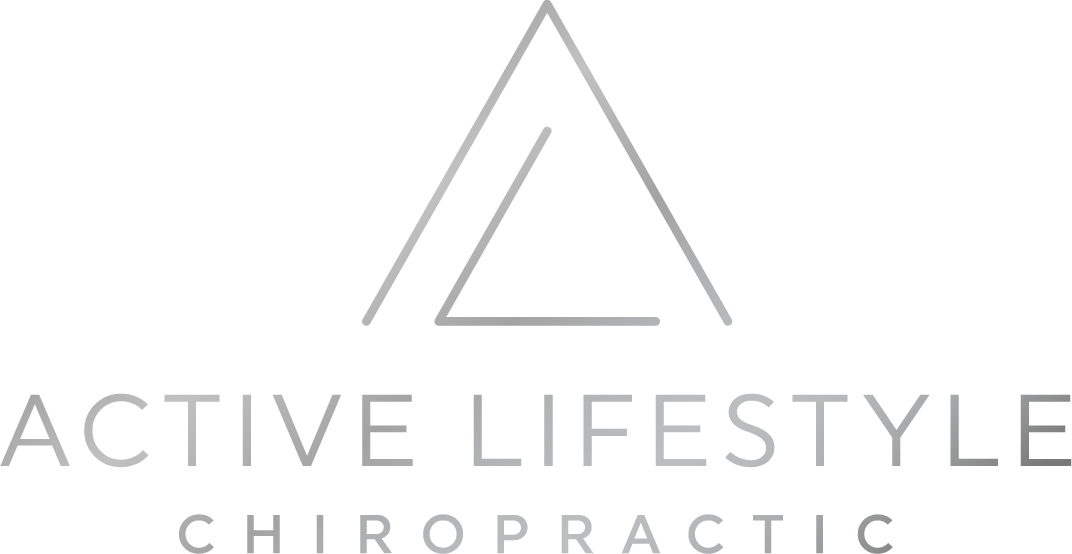Exploring the Differences and Synergies: Chiropractic Care, Physical Therapy, and Acupuncture
Chiropractic, Physical Therapy, and Acupuncture are Complementary
In the world of alternative healthcare, three prominent modalities often take center stage: chiropractic care, physical therapy, and acupuncture.
Each of these approaches has its unique strengths and techniques, making them effective in their own right. While some may perceive them as competitors in the field, the reality is that they can complement and enhance one another, providing patients with comprehensive care.
Let’s discuss the differences between chiropractors, physical therapists, and acupuncturists, as well as how their combined efforts can lead to improved patient outcomes. I should mention, I absolutely love and embrace all three and strongly recommend them to my patients!
CHIROPRACTIC CARE: A Focus on Spinal Health
Chiropractors are healthcare professionals who specialize in spinal health and musculoskeletal disorders. They use a hands-on approach, primarily through spinal adjustments, to restore proper alignment and function to the spine. Chiropractic care aims to alleviate pain, improve mobility, and enhance overall well-being. The focus is on identifying and correcting subluxations (misalignments) in the spine, which can affect the nervous system and lead to various health issues.
Key Features of Chiropractic Care:
Spinal adjustments for increase joint health and mobility.
Emphasis on the relationship between spine health and overall wellness.
Drug-free and non-invasive approach.
Effective for conditions like back pain, neck pain, headaches, and more.
PHYSICAL THERAPY: Movement and Rehabilitation
Physical therapists, on the other hand, are experts in movement and rehabilitation. They assess, diagnose, and treat a wide range of musculoskeletal and neuromuscular conditions. Physical therapy focuses on improving mobility, strength, and function through targeted exercises, stretches, and manual techniques.
The goal is to help patients regain their independence, reduce pain, and prevent further injuries.
Key Features of Physical Therapy:
Individualized treatment plans tailored to each patient's needs.
Rehabilitation exercises to restore function and mobility.
Education on injury prevention and proper body mechanics.
Beneficial for post-surgery recovery, sports injuries, and chronic pain management.
ACUPUNCTURE: Balancing Energy Flow
Acupuncturists practice Traditional Chinese Medicine (TCM), which is based on the concept of balancing the body's vital energy, known as Qi (pronounced "chee"). They use fine needles inserted at specific acupuncture points to stimulate the flow of Qi and restore harmony within the body. Acupuncture is known for its effectiveness in treating a variety of conditions including pain, stress, and internal issues.
Key Features of Acupuncture:
Holistic approach addressing the body's energy flow.
Pain relief through the release of endorphins and improved circulation.
Stress reduction and relaxation.
Often used to complement other treatments for enhanced results.
Synergy and Collaboration
Rather than viewing chiropractic care, physical therapy, and acupuncture as competitors, patients and healthcare professionals alike can benefit from their collaboration. These modalities can work synergistically to address complex health issues comprehensively.
Benefits of Combining Modalities:
Comprehensive assessment and treatment of various aspects of a patient's condition.
Improved pain management and faster recovery.
Enhanced mobility, strength, and overall well-being.
Customized treatment plans that may include a combination of therapies.
The Role of Active Care
While these therapies play a vital role in pain relief and rehabilitation, it's crucial to recognize the importance of active care. Patients can further amplify their results by incorporating movement and guided exercises into their treatment plans. Working with a personal trainer or engaging in a fitness routine tailored to their specific needs can contribute significantly to long-term health and pain management.
In conclusion, chiropractic care, physical therapy, and acupuncture are not mutually exclusive but rather complementary approaches to healthcare. Patients should explore these options and work with healthcare providers to develop customized treatment plans that address their unique needs.

